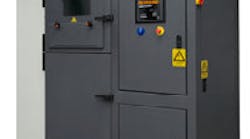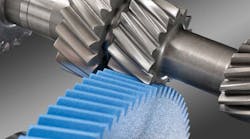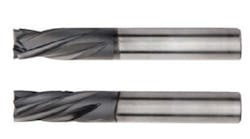Medical product designers are able to post new ideas for prosthetic devices as CAD files at the Open Prosthetics Project website (www.openprosthetics.org). Once posted, the CAD files are available to the public free of charge. Prosthetic users and other designers download the CAD data, customize or improve upon the design and repost the modifications to the website. Visitors are free to take the 3D models to fabricators and have the hardware built, usually at a cost less than purchasing a manufactured prosthesis.
The non-profit project was founded by members of Tackle Design, an industrial design firm in Durham, N.C., as a catalyst for reinvigorating a field that has not had any major innovations since the 1940s, despite strides in technology elsewhere in the medical world.
According to co-founder Chuck Messer, the public, non-profit nature of the project challenges the current business model of the industry, which has neglected research and development in prosthetics for decades. He says the reason for the lack of research and development into prosthetics is the small size of the market. There are only 50,000 arm amputees in the United States.
In sectors of the economy where research and development does not invest, new product ideas usually come from users themselves, says Messer. He says there are a lot of user innovators in the prosthetics industry as well as narrow markets. These user innovators typically modify high-end pieces of equipment for custom use, and the website facilitates this.
The site's standard CAD system is Alibre Design from Alibre Inc. (www.alibre.com), which offers a fully functional CAD modeler for free download. The software lets amputees, prosthetists (doctors who custom-fit prostheses) and engineers of medical technology view, modify and further develop 3D models from the site without a cost barrier.
Alibre's free product, Alibre Design Xpress, is not just a CAD viewer. Users have full capability to design parametric parts and assemblies and create associative 2D drawings, allow for other participants to make alterations and additions to a device.
Latest from Uncategorized
Latest from Uncategorized
Uncategorized
Newsletter Confirmation Page
Oct. 29, 2012
Uncategorized
Gearmaking with Precision, and Speed
July 26, 2012
Uncategorized
Composites, With No Limits
July 25, 2012



